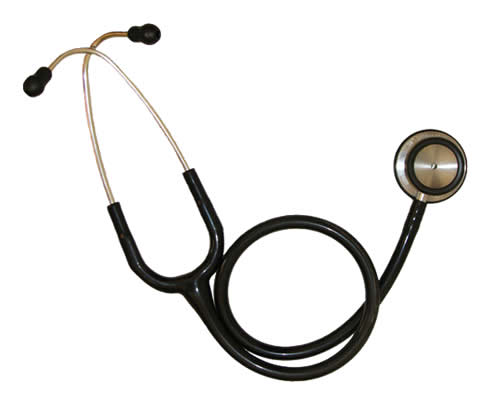Ghanaian health workers use mobile phones to collect data
Mavis Tabi-Boateng, a midwife at a health centre in Watreso, Ghana, often sees patients who travel long distances for antenatal care visits. During these visits she checks to see if the mother and baby are healthy.
Mavis remembers caring for Ama Mensah (not real name), a pregnant 24-year-old farmer, who had travelled 4 km for a final antenatal care visit before the birth of her child. She noticed the mother’s mental state was poor so she referred her to a district hospital for care, since mental health services were not available at her clinic.
Later, Mavis heard the woman had died after childbirth. She had given birth to her baby on a farm with no medical support. Giving birth outside of health facilities with no assistance from a trained health provider is a contributing factor behind maternal deaths in the country.
“This was an unnecessary loss of life,” says Dr Joseph Mensah-Homiah, technical officer at the Millennium Villages Project, an initiative dedicated to transforming the way health providers document patient data in Ghana.
“Strengthening care in health facilities is essential,” he adds. “But, we first need to understand why women are dying in order to prevent future deaths.”
Collecting data in real-time saves lives
In 2015, an estimated 2,800 women in Ghana died during childbirth. However, this is not the complete picture because deaths that take place outside of health facilities, especially in rural areas, are sometimes not recorded.
In partnership with the Ghanaian Ministry of Health, the Millennium Villages Project is working to improve and speed-up data collection, which is a key component of WHO’s work to help countries implement Maternal Death Surveillance and Response. MDSR is a continuous cycle of identification, notification and review of deaths among pregnant women and those who recently gave birth, followed by actions and monitoring of the response to prevent future deaths.
In 2008, the Millennium Villages Project initiated a vital records registration system to register all births and deaths and causes of death, but quickly realised the paper-based system was difficult and time-consuming for health workers to analyse.
The project then introduced CommCare, a smartphone-based system to help health workers record real-time information during home visits. A specialist in verbal autopsies also assists community health workers to conduct and record in-depth investigations into the cause of each death. The data are then put into an electronic database accessible on mobile phones and are reviewed once a week by a local medical team.
“Mobile technologies have allowed community health workers to keep records of mothers and their children even in rural areas where there are no health facilities,” says Dr Mensah-Homiah.
WHO is working with the Ministry of Health to scale-up and implement all aspects of MDSR in the country. While Ghana has improved data collection, there is still a need for national death review committees and an annual report on the findings of the death reviews so action can be taken to prevent future deaths.
Ending preventable maternal mortality worldwide
WHO and partners have been working with countries, like Ghana, to map progress in implementing MDSR in order to reduce global maternal mortality to less than 70 deaths per 100 000 live births by 2030, as called for in the Sustainable Development Goals and WHO’s “Global Strategy for Women’s, Children’s and Adolescents’ Health”.
The current global maternal mortality ratio is 216 deaths per 100 000 live births.
Building on the existing programmes for maternal death reviews, the MDSR system is helping countries count and record all maternal deaths in communities and health facilities within 24 to 48 hours. The improved data collection and maternal death audits then enable countries to properly evaluate the impact of their health programmes aimed at reducing maternal mortality and improving maternal health.
Source: The World Health Organisation








